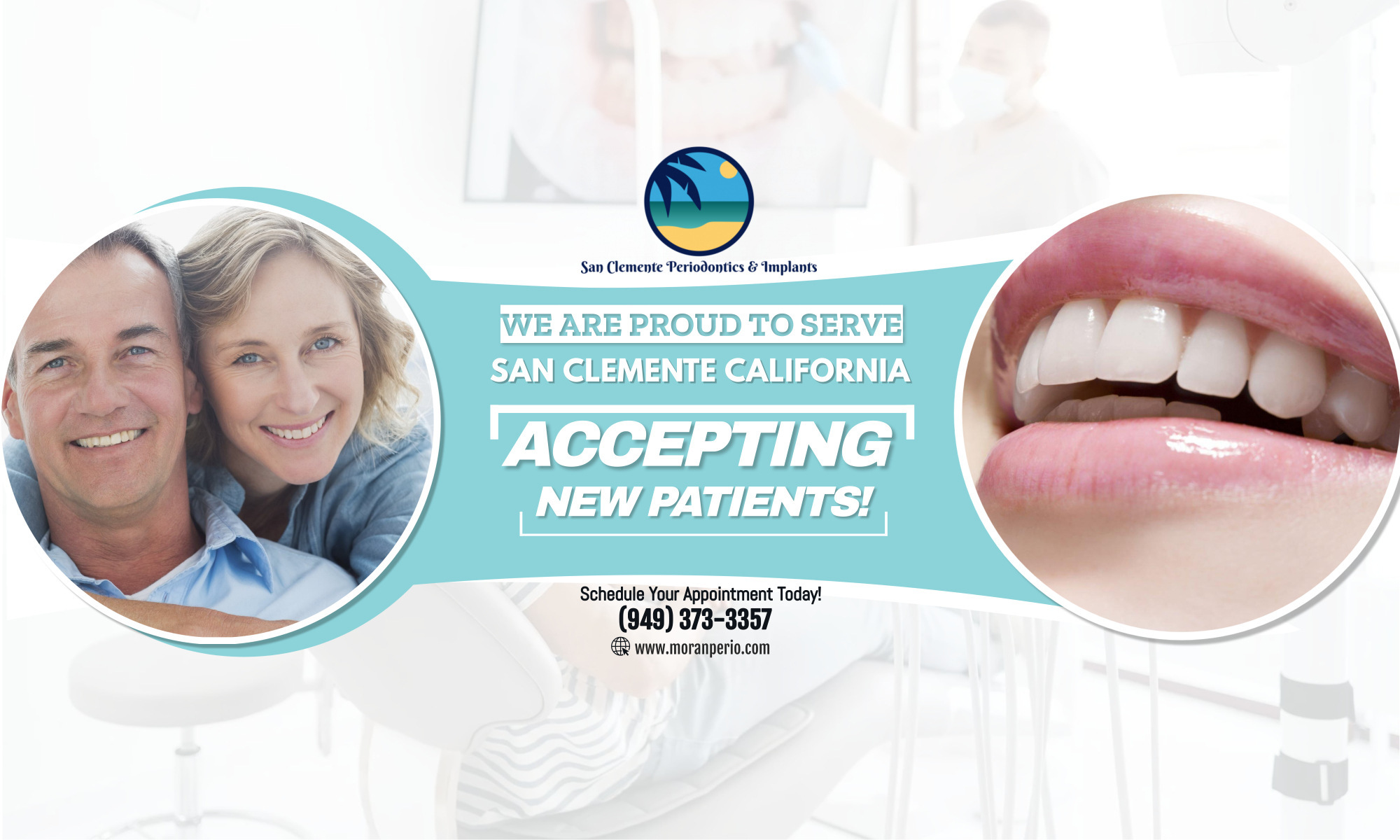Orthodontic treatment is the process of straightening out crooked and crowded teeth, often using appliances such as braces.
Most dentists are trained to treat some minor orthodontic problems but, if they feel a patient needs specialist treatment, they will provide a referral to an orthodontist.
An orthodontist is a dentist who specializes in the diagnosis, prevention, and treatment of dental and facial irregularities.
One of the main aims of orthodontics is to straighten teeth and correct jaw alignment through braces, corrective procedures and other “appliances”.
Braces are the most common appliance and there are two types:
– Fixed, which are worn all the time and can only be removed by the dentist
– Removable, which the patient can take out of the mouth
Most patients wear braces for between one and three years, depending on what conditions need correcting. This is followed by a period of wearing a “retainer” that holds teeth in their new positions.
There may be a little discomfort during treatment but modern braces are more comfortable than ever before. They apply a constant, gentle force to move teeth and usually require fewer adjustments than older apparatus.
While braces work best when children are still growing, they can be effective at any age.
